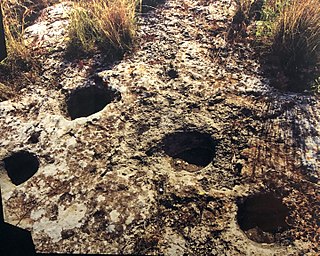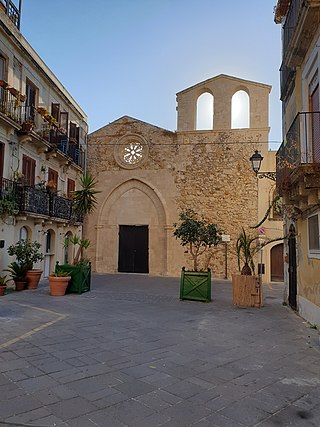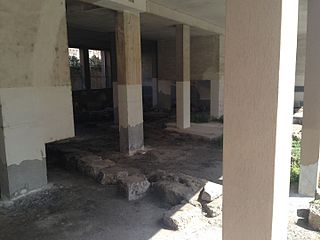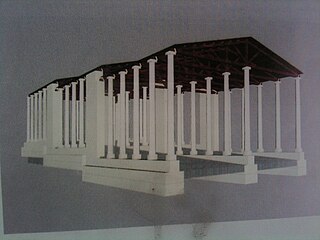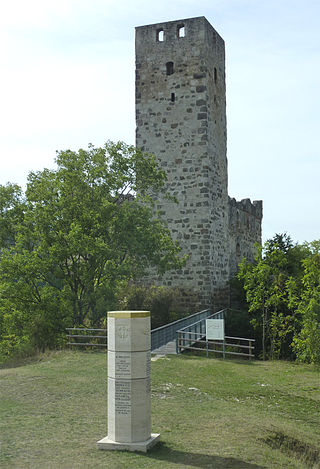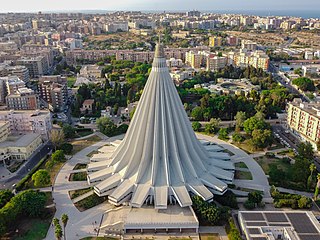18 Sights in Syracuse, Italy (with Map and Images)
Legend
Premium Sights
Book tickets, guided tours and activities in Syracuse.
Guided Free Walking Tours
Book free guided walking tours in Syracuse.
Welcome to your journey through the most beautiful sights in Syracuse, Italy! Whether you want to discover the city's historical treasures or experience its modern highlights, you'll find everything your heart desires here. Be inspired by our selection and plan your unforgettable adventure in Syracuse. Dive into the diversity of this fascinating city and discover everything it has to offer.
Sightseeing Tours in SyracuseActivities in Syracuse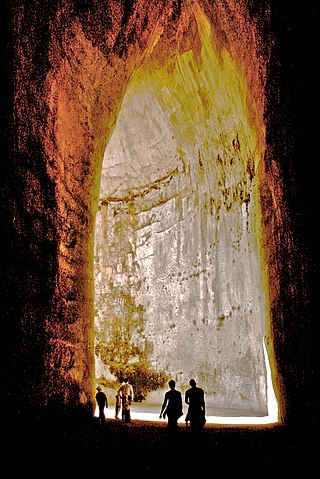
The Ear of Dionysius is a limestone cave carved out of the Temenites hill in the city of Syracuse, on the island of Sicily in Italy. Its name, given by the painter Michelangelo da Caravaggio, comes from its similarity in shape to the human ear. The name is also linked to echoes in the cave.
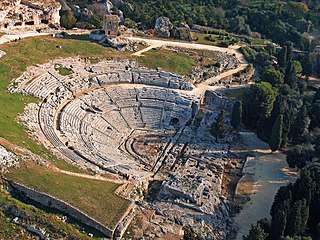
The Greek theatre of Syracuse lies on the south slopes of the Temenite hill, overlooking the modern city of Syracuse in southeastern Sicily, Italy. It was first built in the 5th century BC, rebuilt in the 3rd century BC and renovated again in the Roman period. Today, it is a part of the Unesco World Heritage Site of "Syracuse and the Rocky Necropolis of Pantalica".
3. Area Monumentale della Neapolis
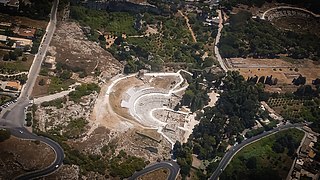
The Neapolis Archaeological Park is a natural area full of archaeological finds belonging to several eras of Syracusan history. Due to the quantity and importance of its monuments, it is considered one of the most important archaeological areas in Sicily, as well as one of the largest in the Mediterranean.
4. Stentinello
Stentinello is a Neolithic village located in the Targia plain, near the northern entrance of Syracuse, an eponymous site of the Stentinello culture dating back to the fifth millennium BC, contemporary with the Castellaro Vecchio culture of the Aeolian Islands and the Ghar Dalam culture of Malta. A variant of it is the Kronio culture of western Sicily.
5. Catacombe di San Giovanni
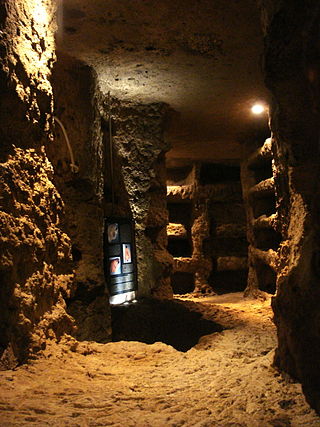
The catacombs of Syracuse are underground cemetery areas dating back to the early imperial age and the late empire. They are considered second in importance and extension only to those of Rome. According to Moses Finley, "the grandest catacombs of Syracuse surpass those of Rome."
6. Chiesa di San Giovanni Battista
The church of San Giovanni Battista, popularly known as San Giovannello, is located in Piazza del Precursore, in the Giudecca district of Ortigia in Syracuse. It was built on another early Christian basilica of the fourth century, the latter built on the orders of Bishop Germano.
7. Teatro Comunale

The Teatro Massimo in Syracuse is a building located in Ortigia and is dedicated to theatrical works. It was inaugurated in 1897, remained in operation until 1962 when it was closed for maintenance work, and officially reopened for shows on December 26, 2016.
8. Ginnasio romano
The Roman Gymnasium is a monumental complex in Syracuse, probably dating back to the second half of the first century A.D. but mistakenly identified as a gymnasium that includes a theater, a quadriportico and a temple.
9. Artemision
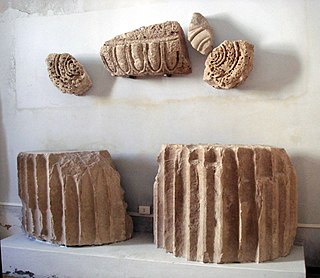
The Artemision or also known as the Temple of Artemis or the Ionian Temple, is located on the Via Minerva, lateral and connected to Piazza del Duomo in Syracuse, at the highest point of the island of Ortigia.
10. Cathedral of Syracuse
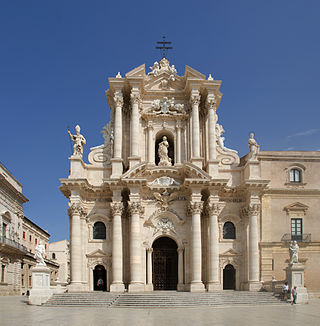
The Cathedral of Syracuse, formally the Cattedrale metropolitana della Natività di Maria Santissima, is an ancient Catholic church in Syracuse, Sicily, the seat of the Catholic Archdiocese of Siracusa. Its structure is originally a Greek doric temple, and for this reason it is included in a UNESCO World Heritage Site designated in 2005.
11. Ipogeo di piazza Duomo
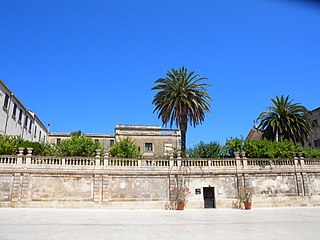
The hypogeum of Piazza Duomo, located in Syracuse, is an underground path that from the highest point of Ortigia, or from Piazza del Duomo, then emerges at the Foro Italico where the walls of the Marina are located.
12. Terme di Dafne
The baths of Daphne, also known as the Bath of Daphne, are part of a Syracusan archaeological complex, inside which the so-called Greek arsenal of Syracuse was already found, located near the small port of the city, precisely between the foundations of a civil building west of the Greek arsenal.
13. Via dei Sepolcri
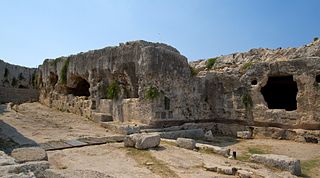
The Via dei Sepolcri is a suggestive 150-meter-long road that leads to the top of the Temenite hill, located within the Neapolis Archaeological Park in Syracuse, crossing it you can see the high rocky walls that surround it on both sides and the votive shrines that have been dug along the way.
14. Castello Eurialo
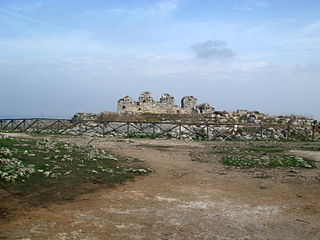
The Euryalus Fortress located in the frazione of Belvedere, was the key point in the fortifications of the ancient Greek city of Syracuse, Magna Graecia. It is located on the highest point of the hill of Epipolae, around 7 km northwest of Syracuse.
15. Arsenale greco
The Greek arsenal of Syracuse is a part of the small port, called Lakkios, where boats were built and repaired in ancient times. To facilitate the work, they could be pulled ashore when they suffered breakdowns or to be able to restructure the hulls.
16. Stauferstele
The Stauferstele are octagonal stone monuments commemorating the Staufers, who were Roman-Germanic kings and emperors in the early Middle Ages. The creator of these monuments is Markus Wolf from Stuttgart-Plieningen.
17. Chiesa di Santa Lucia alla Badia
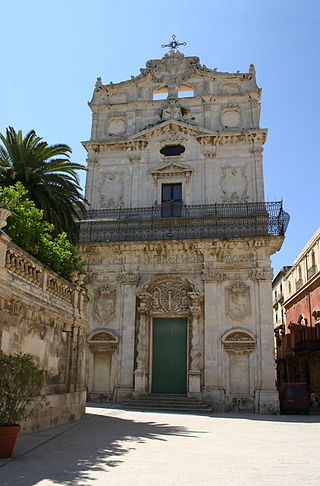
Santa Lucia alla Badia is a baroque-style, Roman Catholic church, now deconsecrated, located on the south corner of the piazza duomo, located to the south of the facade of the Cathedral of Syracuse), located in the island of Ortigia, the historic city center of Siracusa in Sicily, Italy. The church building and adjacent former monastery is now used for special exhibitions and functions.
18. Basilica Santuario della Madonna delle Lacrime
The Basilica of the Madonna delle Lacrime, also called Madonnina delle Lacrime is a 20th-century Roman Catholic Marian shrine church in Syracuse in Sicily, Italy. The modern building, derided by some as an inverted ice-cream cone, dominates the skyline of the approach to Ortigia.
Share
Disclaimer Please be aware of your surroundings and do not enter private property. We are not liable for any damages that occur during the tours.
